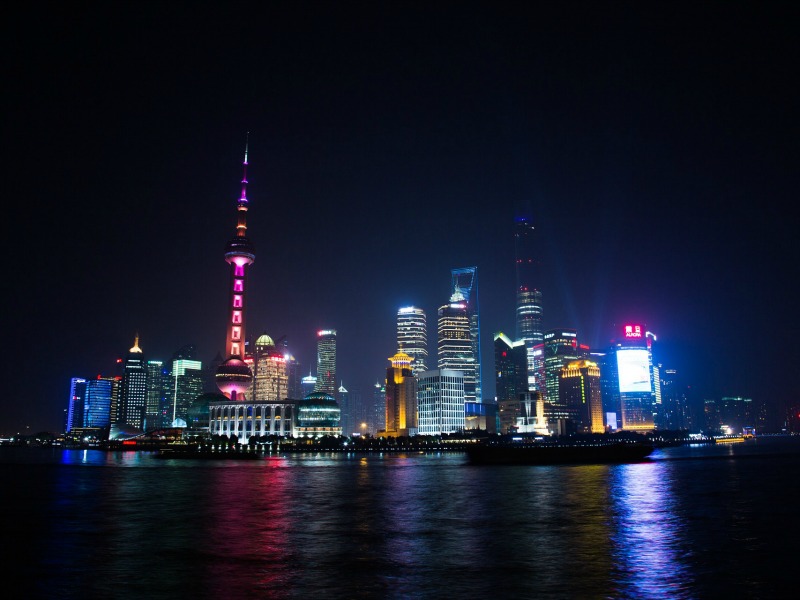MSL 21 Jan 2016 // 7:09PM GMT

Klaus Schwab, Founder and Executive Chairman of the World Economic Forum (WEF), believes the world is unprepared for the fourth Industrial Revolution, “which will come over us like a tsunami.” According to WEF’s recent study “Future of Jobs”, the revolution is said to trigger as many as 7.1 million job losses over the next five years due to redundancy, automation or disintermediation.
As Asia President of MSLGROUP, the largest PR and engagement network in the region, I have spent the past decade watching Asia surprise the skeptics in the West with its adaptability and resilience. Change is the norm in this part of the world, and I am convinced that Asian businesses will adjust and transform quickly to benefit from the Fourth Industrial Revolution.
The Fourth Industrial Revolution’s most distinctive characteristics are speed, scale and impact, qualities that match the developments in Asia, particularly in China and India.
The evolving speed in Asia is unrivaled. Unlike most Western organizations that rooted their businesses during the Second or Third Industrial Revolutions, modern Chinese and Indian companies were mostly built in the late Third Industrial Revolution, or even in the dawn of the Fourth. They are already set up to succeed in an ever-changing environment, where speed is the default setting. China’s internet giants Baidu, Alibaba and Tencent (BAT) were all founded between 1998 and 2000. With a combined market value exceeding US$400 billion, their organizations and structures have allowed them to move quickly to respond to market changes, evolve faster than competitors, and morph into new and unexpected businesses. Today, BAT’s wide range of services penetrate into all walks of life in China – pretty impressive for companies that have been around for less than two decades.
We see similar examples in India. Founded in 2007, e-commerce leader Flipkart today enjoys a market valuation of US$16 billion, which is more than all but 19 of the 5,500 companies listed on the Bombay Stock Exchange. In eight short years, Flipkart has become India’s dominant e-commerce platform with 50 million registered users and 33,000 employees. The online portal gets about 10 million hits daily and delivers eight million shipments per month.
Agility is the cornerstone of Flipkart’s success. Instead of adapting to change, the company is in the driver’s seat making change happen. When Flipkart started, the biggest challenge in the market was online payment gateways, so the innovator pioneered new technology that introduced a “cash on delivery” facility. Today every online shopping website in India offers “cash on delivery” as an option to better engage consumers.
For Asian businesses, change is in their DNA, and speed is how they execute.
In terms of scale and impact, Asia’s massive population (4.4 billion in Asia versus 2.9 billion in the rest of the world) is the perfect stage for technology roll-outs to leverage reach and influence. Asia’s young demographics, market size, and rising consumption power allow for entrepreneurism and disruption. According to the Brookings Institution, Asia will be the home of 3 billion middle class by 2030, which is 10 times more than North America and five times more than Europe. Unlike mature economies, there is much untapped business potential in China and India. As reported in PwC’s study “Future of India – the Winning Leap,” 40% of India's US$10 trillion economy in 2034 will be derived from new solutions that do not even exist today. Asia is certainly the world’s engine for innovation now and into the future.
In Asia, you have to lead the change, or let change lead you. The Fourth Industrial Revolution will indeed disrupt industries and business models, but if organizational leaders re-examine their business by constantly challenging the status quo and innovating, there are tremendous opportunities to be seized: just look at the examples of BAT in China and Flipkart in India.
 By Glenn Osaki, President, MSLGROUP in Asia
By Glenn Osaki, President, MSLGROUP in Asia


































.jpg)















